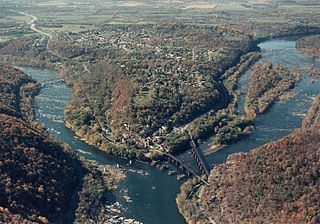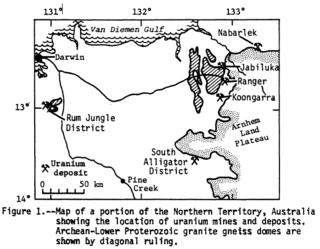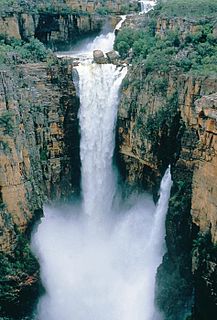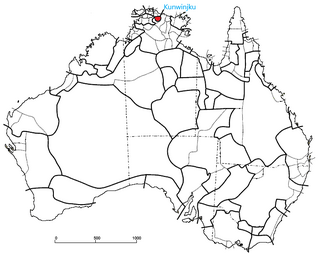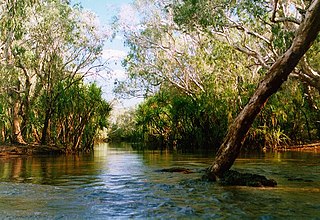| Goomadeer | |
|---|---|
Location of the Goomadeer River mouth in the Northern Territory | |
| Etymology | from Kunwinjku 'Kumardderr' |
| Location | |
| Country | Australia |
| Territory | Northern Territory |
| Physical characteristics | |
| Source | |
| ⁃ elevation | 274 m (899 ft) |
| Mouth | Junction Bay |
⁃ location | Australia |
⁃ coordinates | 11°50′56″S133°49′30″E / 11.84889°S 133.82500°E Coordinates: 11°50′56″S133°49′30″E / 11.84889°S 133.82500°E |
⁃ elevation | 0 m (0 ft) |
| Length | 138 km (86 mi) |
| Basin size | 5,684 km2 (2,195 sq mi) |
| Discharge | |
| ⁃ average | 36.1 m3/s (1,270 cu ft/s) |
| Basin features | |
| Tributaries | |
| ⁃ right | Gumardir River |
| [1] [2] | |
The Goomadeer River is a river in the Northern Territory, Australia.

A river is a natural flowing watercourse, usually freshwater, flowing towards an ocean, sea, lake or another river. In some cases a river flows into the ground and becomes dry at the end of its course without reaching another body of water. Small rivers can be referred to using names such as stream, creek, brook, rivulet, and rill. There are no official definitions for the generic term river as applied to geographic features, although in some countries or communities a stream is defined by its size. Many names for small rivers are specific to geographic location; examples are "run" in some parts of the United States, "burn" in Scotland and northeast England, and "beck" in northern England. Sometimes a river is defined as being larger than a creek, but not always: the language is vague.

The Northern Territory is an Australian territory in the central and central northern regions of Australia. It shares borders with Western Australia to the west, South Australia to the south, and Queensland to the east. To the north, the territory looks out to the Timor Sea, the Arafura Sea and the Gulf of Carpentaria, including Western New Guinea and other Indonesian islands. The NT covers 1,349,129 square kilometres (520,902 sq mi), making it the third-largest Australian federal division, and the 11th-largest country subdivision in the world. It is sparsely populated, with a population of only 245,800, fewer than half as many people as Tasmania.

Australia, officially the Commonwealth of Australia, is a sovereign country comprising the mainland of the Australian continent, the island of Tasmania, and numerous smaller islands. It is the largest country in Oceania and the world's sixth-largest country by total area. The neighbouring countries are Papua New Guinea, Indonesia, and East Timor to the north; the Solomon Islands and Vanuatu to the north-east; and New Zealand to the south-east. The population of 26 million is highly urbanised and heavily concentrated on the eastern seaboard. Australia's capital is Canberra, and its largest city is Sydney. The country's other major metropolitan areas are Melbourne, Brisbane, Perth, and Adelaide.



